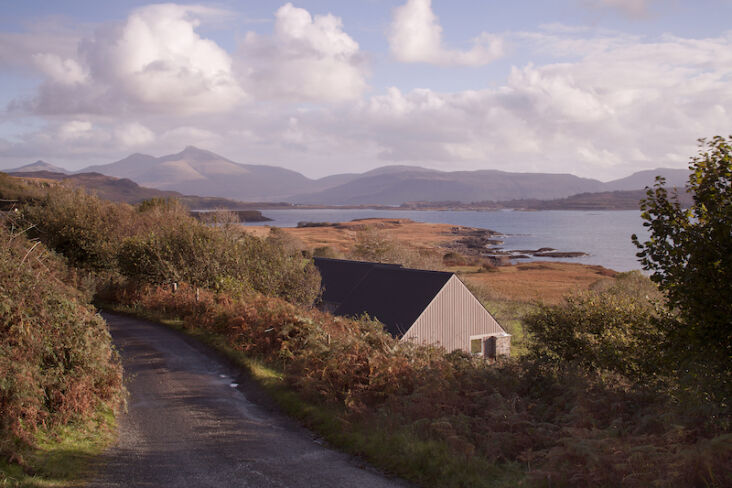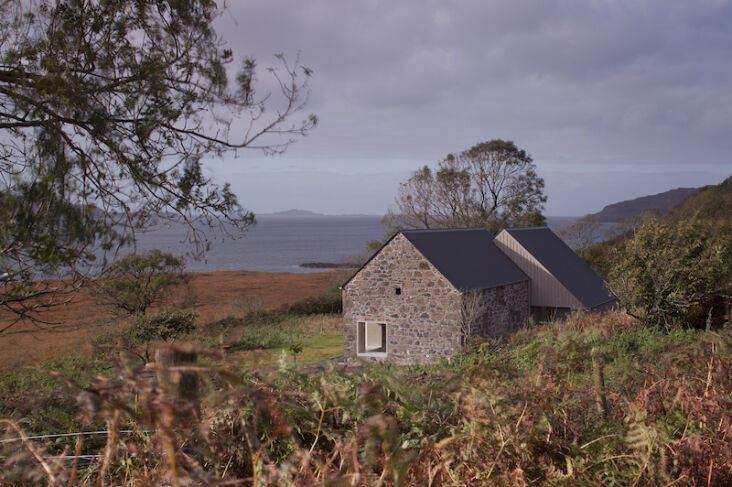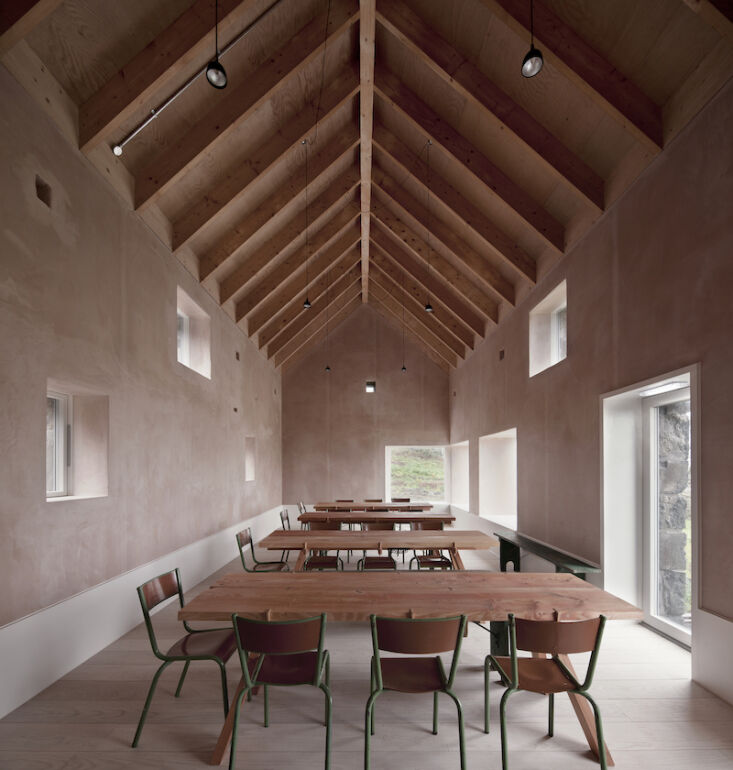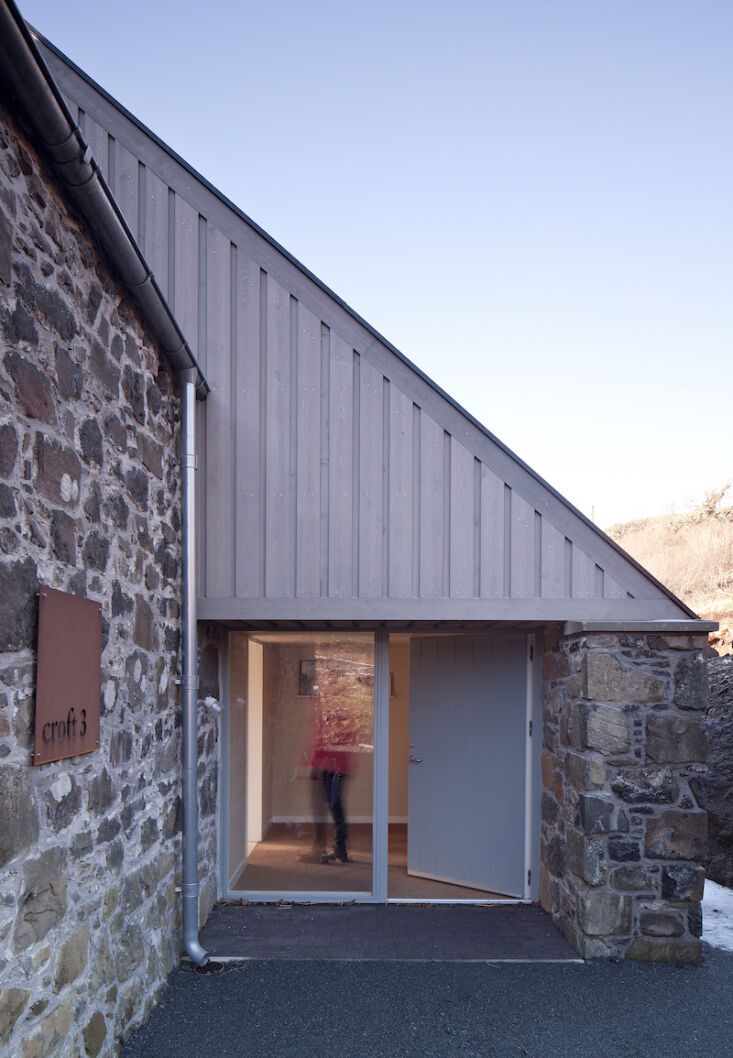Jeanette Cutlack relocated from Brighton to the Isle of Mull in 2008. She had visited the island just once a few months previously: “That was the first time I’d even been to Scotland,” she recalls. “I was only there for a couple of nights, but when I returned to Brighton with my then-husband, we decided we should move there. I just knew that that landscape was what I was meant look at for the rest of my life. And that was it.”

Jeanette’s first job on the island was making breakfasts in a local café. For a time, she also ran a bed and breakfast from her rented farmhouse. (With a population of under 3000, the island relies heavily on tourism. In the summer months, it’s not unusual for islanders to work multiple jobs in order to survive the winter months when visitor numbers decline.) One evening, Jeanette had seven cyclists staying with her. They were ravenous and in search of an evening meal. The capital, Tobermory, was a 45-minute drive; the nearest pub 25 minutes away; so she offered to make them a pie and a tray of brownies herself. “It was magic,” she recalls. That was the summer of 2013. By the beginning of 2014, she’d transformed part of her home into a convivial—if crowded—restaurant.
During her first decade on the island, Jeanette would often walk past a dilapidated croft set low in the landscape. Hunkered below the road, the roofless basalt barn had uninterrupted views across Loch Tuath bay to the Isle of Ulva. “For ten years, I would walk past the barn and imagine sheep on the hillside and food growing next to the barn,” Jeanette explains.
Jeanette’s home restaurant was fully booked for five years. “It opened up my world,” she says, still incredulous. At the start of 2019, having saved and saved, she approached the elderly woman who owned the croft (which includes 50 acres of land) and arranged to buy it from her.
Whilst living in Brighton in her late teens, Jeanette worked at the local cinema with Edward Farleigh-Dastmalchi, who was studying architecture at Sussex University. The friends stayed in touch over the years, and so when Jeanette became the owner of Croft 3, she asked Edward to come and visit what would be the site of her new community dining hall and—eventually—her new home.

The friends first explored the basalt ruin together in the summer of 2019. Edward recalls beating back the bracken in order to reach the barn, which was gradually being reclaimed by nature. They took a walk down to the water’s edge, which is fringed by high reeds, a gnarled ancient woodland to one side, an unexplained stone circle to the other. “It just seemed like such an incredible site,” Edwards says. “So full of possibilities.” At the time, Edward was working full time for Karakusevic Carson Architects; the croft became a side project.


